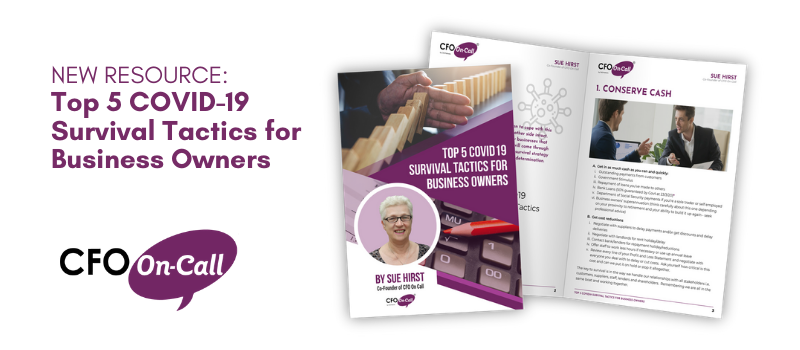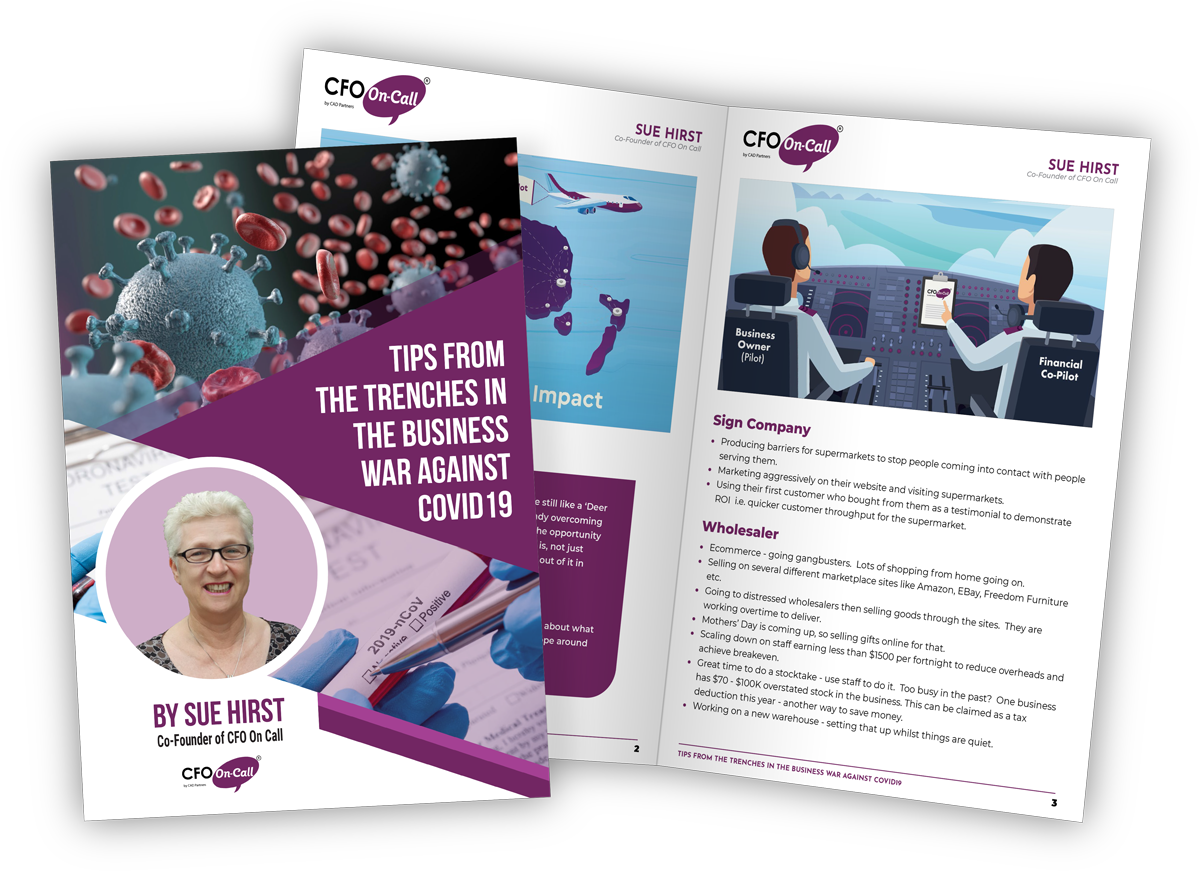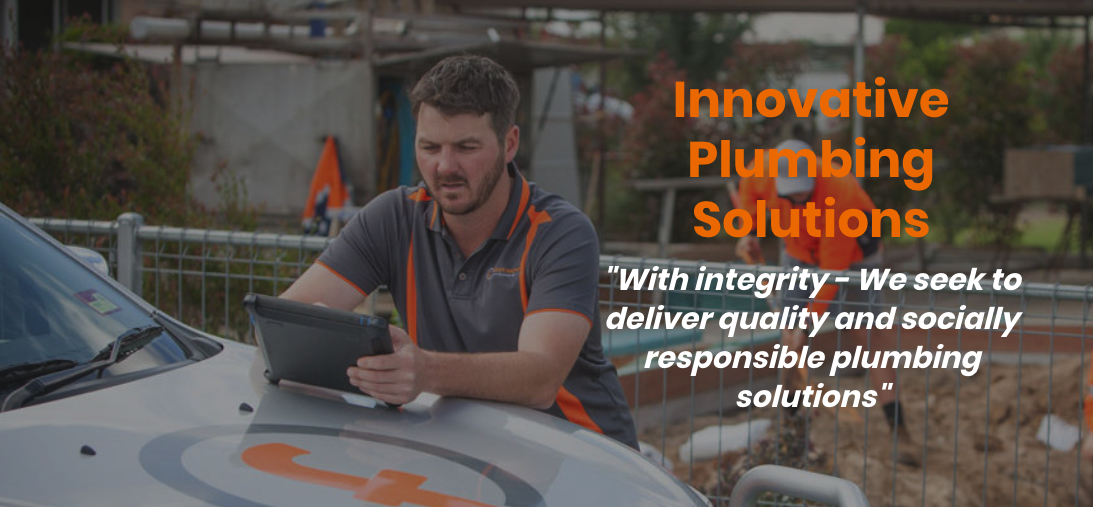
As the initial shock impact of restrictions on your business operations sink in…
After you’ve dealt with staff, customers, suppliers, landlords, bankers/lenders etc., now is a good time to take stock of the situation and plot out in black and white the potential impact on profit and cash flow going forward.
Now, more than ever, ‘number crunching’ is a vital tool in the armoury of savvy business owners to plan their way out of a downturn to achieve a profitable future.
Usually the first tool utilised in ‘number crunching’ is a budget to determine profitability. Perhaps in this situation it’s best to start with a Cash Flow Forecast.
As the old saying goes: ‘Sales are Vanity, Profit is Sanity, But Cash is King!’
1. Cash Flow Forecast
You’ve probably seen lots of promotion of various Cash Flow Forecasting tools and templates around COVID19. This is a great starting point, however the real skill is in using these tools and performing ‘What If’ scenarios. Because the situation is changing and various opportunities are available, it’s extremely valuable to really ‘work’ the Cash Flow Forecast, rather than seeing it as your future without options for change.
You need to consider various angles when ‘working’ a Cash Flow Forecast. For example:
- If revenue drops by say 30%, how long can we sustain our current overheads level?
- How quickly do we need to make changes to avoid losses and negative cash flow?
- How much leeway do we have with suppliers to renegotiate payment terms?
- What impact would it have on cash flow if we could extend terms by 10 or 20 days?
- What incentives could we offer customers to pay more quickly and what impact would that have on profitability?
- What would it cost us to ‘hibernate’ a project for a while to comply with restrictions?
- How can we otherwise utilise those resources or ask staff to take leave?
- How much can we expect to receive from government assistance and how can we manage cash flow until that arrives?
- What level of cash injection might we need from other sources e.g. lenders, shareholders etc?
The key to getting maximum value from a Cash Flow Forecast is in how you use it to improve and change your situation. Working with someone who really understands the impact of changes on cash flow is vital to ensure you’re making decisions based on good quality information. Someone who has been through ‘change’ situations before is extremely valuable. They know how to, not just change the numbers in the spreadsheet, but how to implement the changes required to achieve the desired outcome. More importantly they’re able to make creative suggestions for change and help to implement them.
A bookkeeper is quite capable of putting the initial data into a spreadsheet, however they aren’t always adept at thinking outside the box when it comes to planning actions to create a better outcome.
One more point regarding spreadsheets is the capacity for mistakes in them. A recent article by Oracle comments that as many as 90% of spreadsheets contain mistakes. If you’re basing decisions on spreadsheets you need to be very sure they are accurate. It may be better to use a dedicated budget and cash flow forecasting tool that eliminates capacity for mistakes.
2. Budget
A budget as a financial management tool, is proving to be more valuable now than at any other time. It’s surprising how many business owners operate without one and wonder why they feel unconfident about their financial situation. A budget is like a ‘financial roadmap’ to plot out your expected sales, costs and overheads and how much profit/loss you plan to make.
Now, more than ever, it’s vital to plot it out in black and white…what your situation is likely to be for the next 12 months. A budget will help you to determine what your future sales will be and therefore what level of costs and overheads the business can sustain in order to avoid losses. At the moment a break-even situation might be a good outcome, compared to the alternative. It’s helpful to do various scenarios e.g. best, worst and most probable, so that you can plan around them.
A budget should be a ‘stretch goal’ that challenges the status quo and moves you to a better business position. It is then very important to know what levers to pull to manage and even beat your budget.
Having access to someone with a logical and pragmatic approach to the situation is worth its weight in gold. Emotions are running high and fear can cause us to make rash decisions we might regret down the track.
Taking a deep breath, taking stock calmly and perhaps even using the situation to reengineer things to be a more agile and cost effective business in the future, is an opportunity at the moment.
Commercially experienced CFOs have had dealings with vendors, customers, banks, landlords etc. and know what’s possible and how far to push and leverage. They have ‘best practice’ toolkits for Accounts Receivable, Inventory and Accounts Payable management.
Our CFOs have moved businesses to great success and our recent experience showed a 51% profit improvement.





